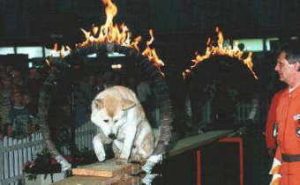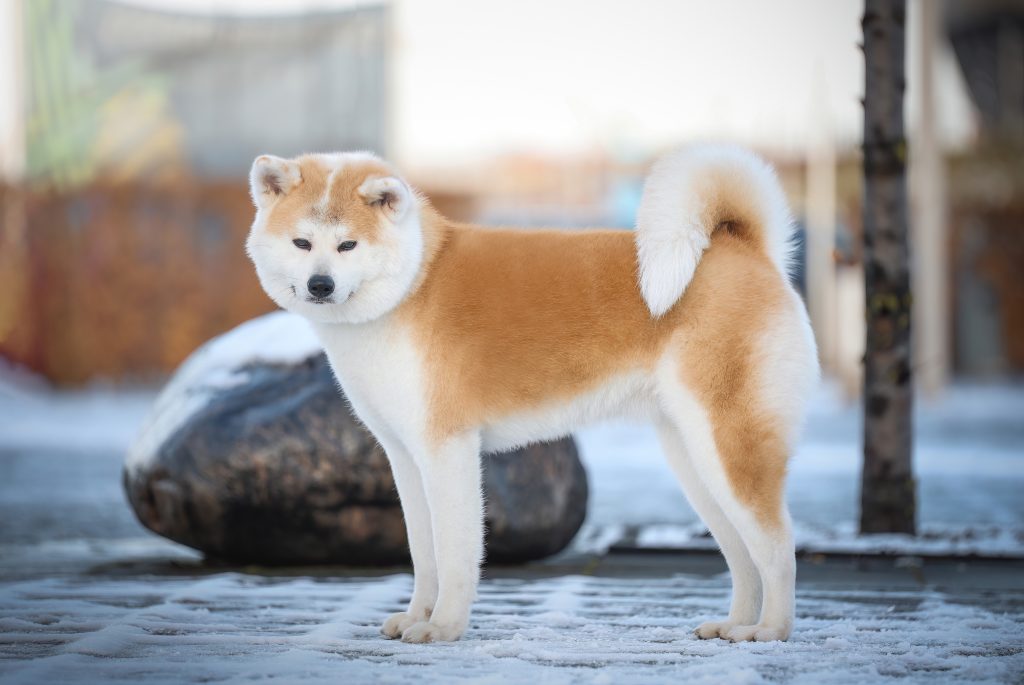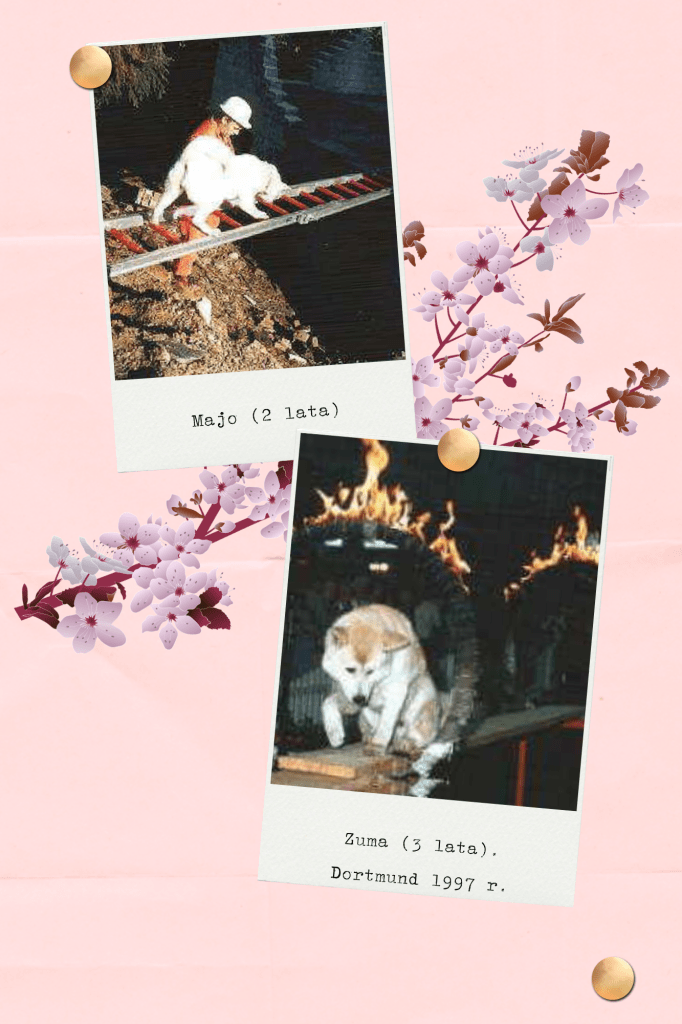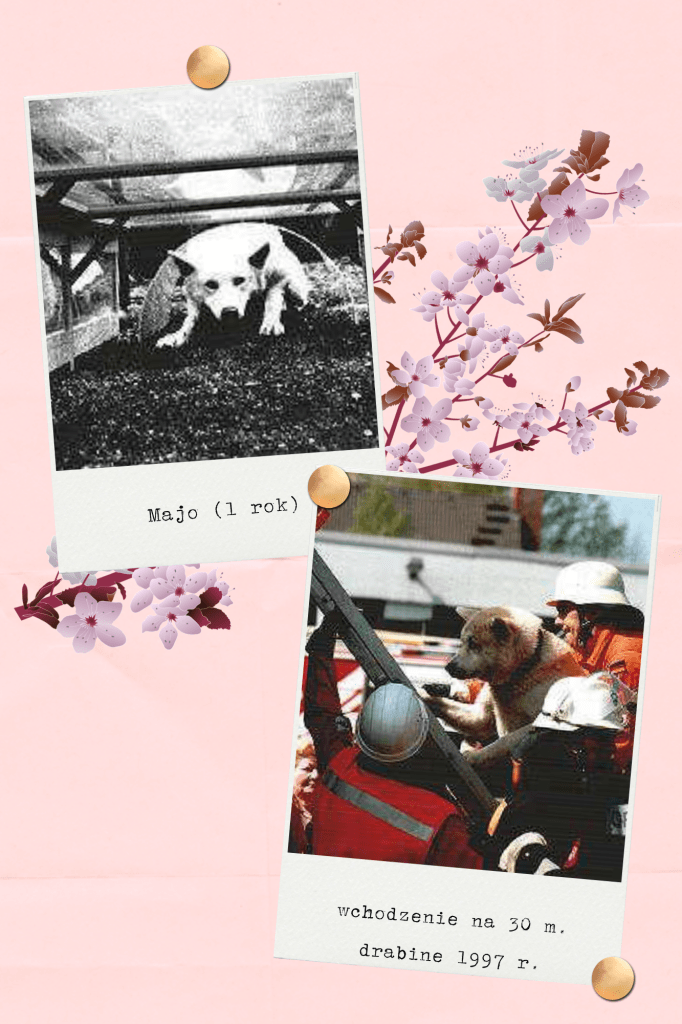



Sunday – 6:30 a.m. – the alarm clock rings. Growling, I turn to the other side. My husband came out of the bathroom ready.
“I'll let the dogs out to run now. Hurry up so we don't arrive late at Wesel.”
I glance carefully towards the window. The sun is shining and that makes getting up a little easier. Through the open window I hear dogs barking. Unlike me, our pets are not sleepyheads. They are happily running around our horse pasture and greeting "prisoners" with a few words. Deer that are looking for breakfast in our meadow will be noticed, but they are not chased. From the time they were puppies, there was a prohibition sign in their heads regarding this. When I'm finally ready to leave the house, the dogs are already waiting in the car to leave. They know exactly our goal today, because for them our orange clothes are closely associated with the training ground in Wesel.
It's Sunday quiet on the highway. My eyes almost close again.
“Have you set yourself any particular goals today – with any of the dogs?”
my husband asks and my eyes open again.
“Aki had difficulty with his new deep lair last time. But this could have been caused by unfavorable winds. We'll have to see how he handles it today. Jini and I should maybe work more on barking the hideout. She still has trouble making loud announcements. When it comes to Majo and Zuma, I can't think of anything that would require particular practice.”
We are approaching the training ground of the rescue dogs section in Wesel and we realize that we are not the first. Several quadrupeds are going crazy in the meadow.
After our dogs have taken care of their urgent needs, we first go to the association's headquarters to drink a cup of "welcome and wake-up" coffee with our colleagues from the brigade. After our instructors announced the daily schedule, the favorite early morning and afternoon command sounded: "Four men to the hideout." As a person hiding, you can rest for some time while waiting for the dogs to find your team mates.

Released from his box, Aki jumps at me like a goat. His every move distracts his friends from their assigned work. When it's our turn to start looking, I release him from the leash and collar and send him "search and help" into the rubble. Using his nose, he systematically searches through 21,000 square meters of space. ruins. I have to wait a long time for the first reaction. Suddenly he stiffens. While ventilating, he walks - consistently heading towards the goal - to an approximately 4 m high channel pipe. He briefly checks whether there is actually a person there. Woof woof!! With his body language he shows me exactly where the missing person is. He is naturally rewarded with treats and caresses. Less than half a minute later, he finds the other person. The third was in a new deep hiding place. Here it was a channel pipe sunk about 5 m into the ground and covered as tightly as possible with a concrete slab. Aki had the human scent already in his nose and found it and barked without difficulty.
"The reason for his recent problems with catching the wind must have been bad weather conditions,"
I called out to my husband.
The fourth person was also quickly found in the so-called Mexican house. I take my Aki in my arms and show him that I am very pleased with his work. After he has quenched his thirst, I lead him back to his stall to rest.
Next in line is our Majo. She copes with her task in her usual sovereign manner. We can always rely on her 100 percent. Even though she is almost ten years old, she walks on the railings as before and compensates for all age-related obstacles through routine. Of course, we bring her into the action much more intentionally the older she gets. We want to keep her strong enough to work and healthy for as long as possible. But even when she retires, she will accompany us on the training ground as long as she wants.
Our Zuma, led by my husband, carries out his task with his usual calmness. He doesn't run too many steps, is never too fast and only rarely needs to be corrected by the guide.
Jini, on the other hand, runs like wild lightning across the terrain. How a cat overcomes terrain difficulties. When she finds a person, she trembles with joy, but she still has problems with barking. But with the help of my husband Harry, who keeps giving her the command "voice, vote", she can be encouraged and announced the end properly.
This is how the morning passes with constant searching tasks and when dinner is served, our dogs deserve a break. Since we should not make any noise between 1:00 p.m. and 3:00 p.m. for the sake of the neighborhood, work with the equipment is scheduled for this time. Majo no longer has to regularly prove his abilities. Aki and Zuma only perform a short program because there are currently no problems with them. So we can focus on Jini, who still makes some mistakes due to her speed - for example when climbing individual ladders. To encourage her to concentrate, we work with frequent breaks during one exercise. We want to make her think about her results. Once he or she completes the exercise better than the last time, we do not repeat it again that day. Too frequent repetitions would only weaken her enthusiasm for work.
After a coffee break, we go with our dogs to our free area to practice searching the surface. Two helpers are hiding in a densely covered part of our square. One climbs a tree, because dogs also need to learn to get up from a height, in order to chase and report. Our four Akitas search with great enthusiasm together with their four-legged friends in a chain through the thick undergrowth and bushes. The dogs who have found them loudly announce their success. Majo is standing under the tree where the helper is sitting, barking and at the same time trying to climb the smooth trunk. The delicacy that falls from the branch as a reward is expertly caught. When I see how eagerly our dogs do their job, I ask myself why it is so often said that Akitas are lazy, stupid and evil. The four of us deny every day the statements that I also heard this time again in Dortmund at the VDH exhibition.
At the end of this day of exercise, each dog handler performs an exercise that he or she particularly likes. Zuma once again climbs his beloved ladder to the tower, where the man and dog rope descent training also takes place. Majo can - with her daughter Jini on the tow rope - look for my husband, who is hiding somewhere in the ruins, and Aki comes down with a loud thud and barking a lot through a thick tin air conditioning pipe four meters down - straight into my arms.
Around 7 p.m. we say goodbye and go home. An exciting day full of work and learning is behind us and our Akitas, who have once again proven to be trusted partners in the search for missing people.
Marita Schulte
Attention:
Both the text and photos were used on this website with the author's consent.
Any further distribution, commercial or otherwise, without the author's consent is prohibited.


